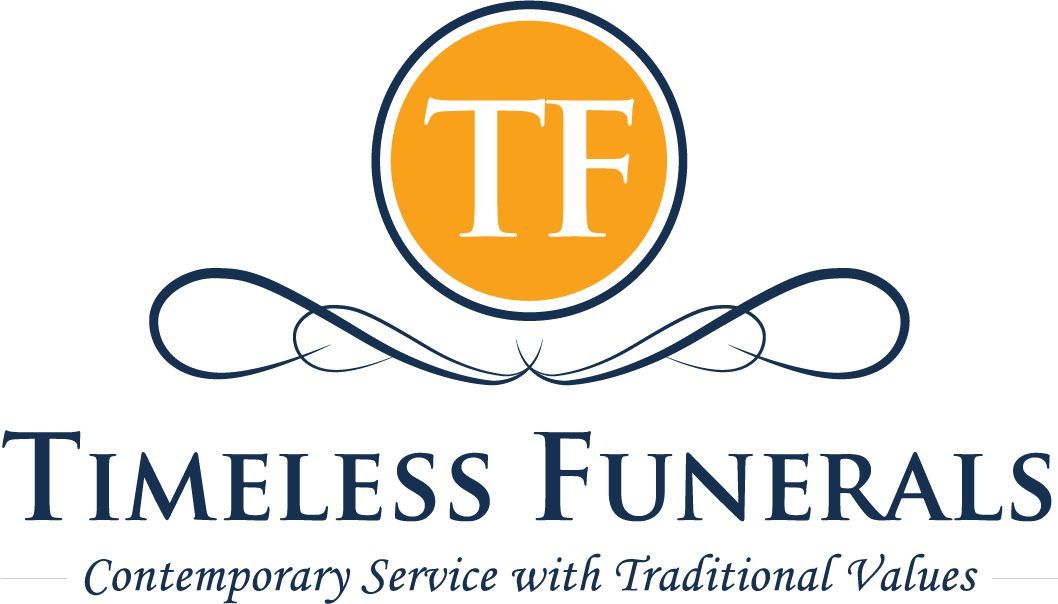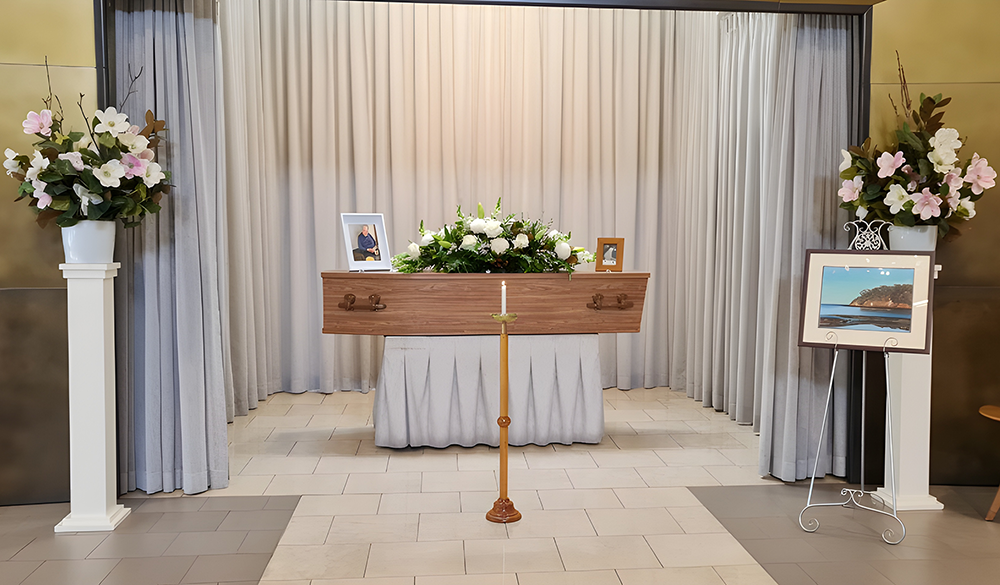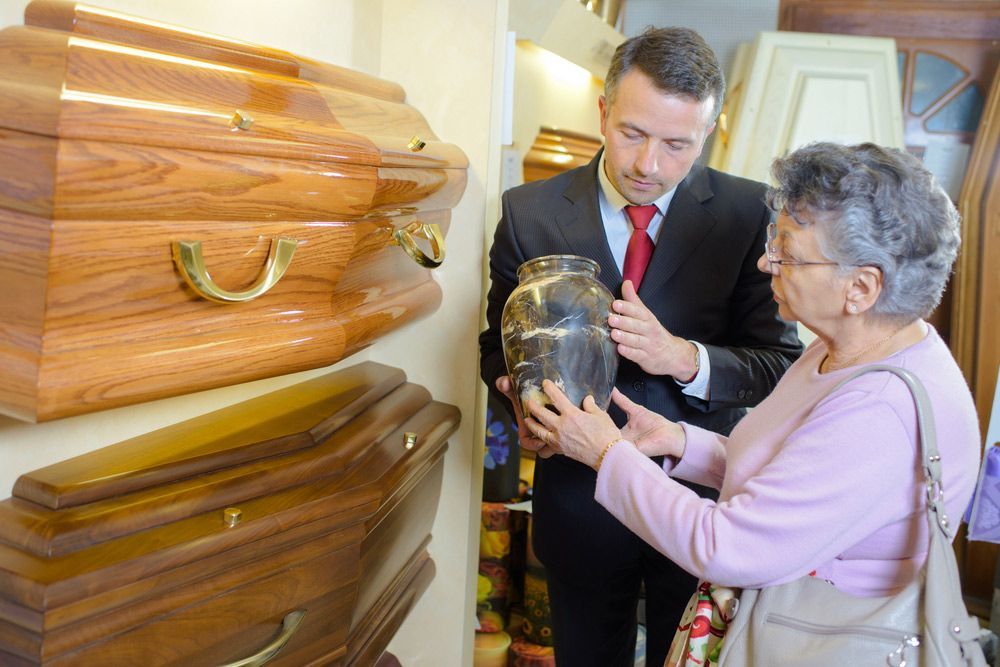What to Expect When Choosing Cremation Services
Navigating the passing of a loved one can be an emotional and unfamiliar experience. Understanding what is involved can offer a sense of direction and clarity for those considering cremation as part of their arrangements. In particular, direct cremation has become a widely chosen option on the Central Coast area for families seeking a simple, unattended farewell.
This guide outlines the key steps of the cremation process, including legal considerations, timelines, and what to expect at each stage. It’s written to support individuals who may be unfamiliar with this type of arrangement and seek calm, factual information to make an informed choice.
Understanding What Direct Cremation Really Means
Direct cremation is often referred to as a no-service funeral. It involves the cremation of a loved one without a formal ceremony, viewing, or public gathering.
This option typically includes:
- Transfer of the deceased to a mortuary or authorised facility
- Required paperwork and documentation
- Cremation at a registered facility
- Return of ashes to the nominated individual
Direct cremation may suit those seeking a low-key process, or who plan to hold a private remembrance or scattering later.
Legal Steps Required Before a Cremation Can Proceed
Before any cremation can take place, legal documents and approvals must be completed. These requirements aim to ensure compliance with relevant state laws and are part of the standard process for all providers in the Central Coast.
Key steps may involve:
- Obtaining a death certificate from the attending doctor or coroner
- Completion of a statutory declaration for cremation
- Approval from the relevant authority (typically a second medical practitioner)
- Lodgement of cremation permits with the crematorium
These documents confirm the identity and cause of death and are a routine part of the cremation process.
What Happens After the Passing: Collection & Care of the Deceased
Once arrangements have been confirmed, the deceased is usually collected from the hospital, aged care facility, or residence and transported to a registered mortuary.
This phase generally includes:
- Collection by an authorised transfer team
- Secure holding and care under health regulations
- Preparation for the cremation process once approvals are in place
Depending on the provider and any specific requests made during the initial arrangement discussions, families may be updated during this period.
The Cremation Timeline: From Death to Ashes
Many families ask how long the cremation process takes. The timeframe can vary depending on various factors, including documentation requirements, facility scheduling, and provider policies.
Generally, the process begins with the initial contact and transfer of the deceased to a registered facility. From there, legal documentation must be completed, including medical certificates and cremation permits that need to be authorised before cremation can proceed.
Once all approvals are in place, the cremation is booked and carried out at an authorised crematorium. Following the cremation, the ashes are prepared and made available for collection or return to the nominated family member.
While the overall timeline can differ based on circumstances, most cremation services aim to complete these steps with care and attention to required legal and administrative standards. Families may wish to discuss timing details with their chosen provider for clarity based on their situation.
Viewing & Identification: Is It an Option With Direct Cremation?
While direct cremation does not include a formal farewell service, some providers offer the option of identification or a short private moment with the deceased before the cremation occurs.
These options may include:
- Identification viewing (usually brief and unattended)
- Dressing or placement of personal items
- Quiet time before cremation, upon special request
These arrangements should be discussed in advance, as they are not standard inclusions in most direct cremation packages.
Handling the Ashes: Return, Urns & Scattering Services
After the cremation is complete, the ashes are returned in a container, which may vary depending on the provider. Families often appreciate knowing what happens next and how to handle the remains in a way that feels appropriate.
Common next steps include:
- Collecting the ashes from the crematorium or the funeral provider
- Receiving delivery to a nominated location (sometimes with additional requirements)
- Choosing a keepsake urn or memorial item for storage
- Making private plans to scatter ashes in a meaningful place
When considering a scattering, it is helpful to check whether any permissions are needed, especially in parks, public beaches, or conservation areas.
Emotional Support Without a Traditional Ceremony
The absence of a public service doesn’t mean families cannot honour their loved one. There are many private ways people create meaningful remembrances following a direct cremation.
Some personal approaches may include:
- Creating a digital photo album or tribute page
- Lighting a candle at home on the anniversary or birthday
- Gathering close friends or family informally to share stories
- Planting a tree or dedicating a bench in their memory
These gestures can be undertaken at any time and allow families to remember their loved ones in a suitable way.
Choosing the Right Provider for Cremation on the Central Coast
Selecting a cremation provider is a personal decision, often guided by practical considerations and personal values. Many families look for transparency, communication, and a respectful approach.
When reviewing options for cremation services on the Central Coast, consider:
- Clarity around what is included in a direct cremation arrangement
- Availability of written procedures and timelines
- Opportunities to ask questions and receive information
- Feedback from other families via public reviews or referrals
Speaking with a provider can help you understand what they offer and how they support families during the process.
Considering No Service Funerals on the Central Coast? We're Here to Help
Making arrangements after a loss can feel overwhelming, especially when you’re unfamiliar with the available options. Direct cremation offers a simple and private path, with fewer decisions to manage during a difficult time.
At Timeless Funerals, we aim to provide information and guidance to help families make appropriate decisions for their circumstances. We focus on offering calm, respectful support and transparent arrangements for those considering direct cremation on the Central Coast.
If you’d like to start a conversation or ask questions about cremation options on the Central Coast, get in touch via our contact page or call us directly.








